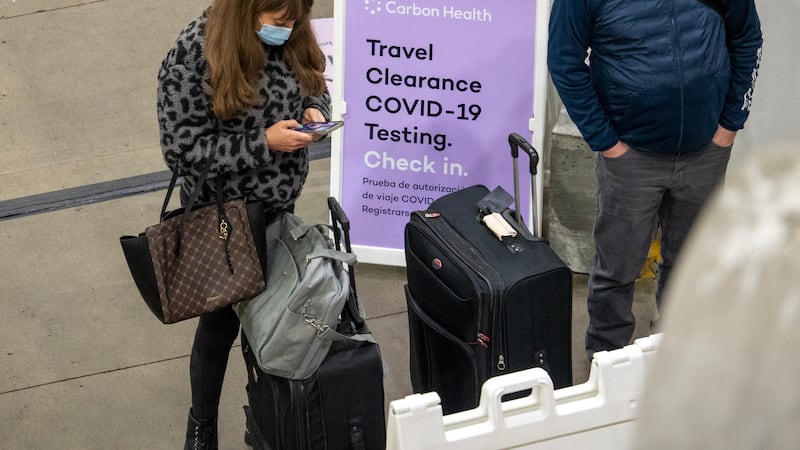The Oregon Health Authority on Jan. 12 announced the launch of a system that allows Oregonians to self-report their positive at-home COVID-19 test results. People can self-report via an online form or through a hotline number.
“OHA does not require individuals to report their at-home test results, but it highly recommends people do so,” the agency said in a statement. “The launch of the services follows an OHA decision to revise its guidelines for investigating COVID-19 cases to focus less on interviewing individual cases and conducting contact tracing, and more on outbreaks in high-risk settings, such as those in congregate care, health care, K-12 education and food chain industries.”
The sudden reversal in state policy came less that 48 hours after WW asked questions about what Oregonians should do with at-home test results.
WW wrote on Jan. 11 that Multnomah County offered no option for people to self-report their positive at-home results, even if they wanted to, meaning the county had no statistics on COVID-19 cases detected by at-home tests.
OHA told WW at the time that it did not require, or even recommend, that people report their at-home results to counties.
On Jan. 10, agency spokesman Jonathan Modie explained the agency’s reasoning for that.
“First, counties have neither the staff capacity nor the systems in place for gathering and uploading such a high volume of data on positive and negative cases that will be created by at-home tests,” Modie said. “This also makes it nearly impossible for counties to investigate and conduct contact tracing on all positive cases and their close contacts, respectively. Our main goal with at-home testing is for people to know whether they have COVID-19 as soon after a potential exposure or onset of symptoms as possible, encourage them self-isolate for 5 days and to seek medical attention if their illness becomes severe.”
But two days later, the agency reversed course and launched a statewide system for self-reporting.
Multnomah County health officials told WW earlier this week that at-home results aren’t crucial to understanding COVID trends.
“At this point in the pandemic, our health department does not need to know about every COVID test result,” says department spokeswoman Kate Yeiser. “Test data that gets reported to us from labs includes both positive and negative, so we get a decent snapshot of disease activity in the community. As cases become very common due to Omicron, we will be watching indicators like hospitalizations to see how we are doing. We don’t anticipate a change to this approach, because it is a step toward living with COVID.”
A handful of counties in Oregon have set up mechanisms to receive self-reported results, including Josephine and Lincoln counties. They offer a snapshot of how many cases could be unreported because counties don’t have a system for self-reporting.
In Lincoln County, as of Jan. 10, 9% of its total cases since Jan. 1 had been self-reported.
In Josephine County, fewer than 20 reports had come in since November.
This article was published with support from the Jackson Foundation, whose mission is: “To promote the welfare of the public of the City of Portland or the State of Oregon, or both.”
